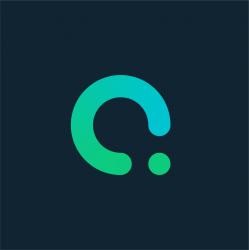They say that when Henry Ford asked his customers what they wanted, they responded, “faster horses.”
The automotive entrepreneur detected an unmet need. The underlying demand was “to get from point A to point B in less time.”
Horses would not solve that situation, but a new, disruptive product would.
In software development terms, understanding the customer’s real needs means going a step further. It requires empathy, commitment, and closeness. It is not a matter of listening to requirements and turning them into a more or less friendly UI but to thoroughly understand the business’s heart and purpose.
One of the most famous entertainment parks has always stated that its objective is not to sell tickets but to make visitors happy. All software products developed for that company must take this aspect into account. If they don’t, they will fail, even if they perform as well as they should, functionally comply perfectly with the processes they cover, and offer a first-rate UX experience.
Discovering one’s own potential
The exciting thing is that clients often need to be aware of their business potential. Making Sense’s UX approach can help unveil the process. It is the gateway to detect how much easier and more effective data-driven decision-making can be made, the importance of measuring product adoption and usage levels to address continuous improvements and increase engagement and productivity, or the opportunity to bring new products and services to the market that are truly products and services to the market that are truly attractive.
We do not conceive solution-based designs but problem-based designs. Presupposing what users want is one of the most common mistakes in creating software products.
Another widespread mistake is to believe that there is an imaginary line between cause and effect that works directly and to think about updates or feature changes based on this premise without doing again an exhaustive investigation that analyzes how this modification impacts internal and external users, on the operation of the departments involved and on the business purpose.
Even large technology-based companies fall into this trap: look at the recent case of a content-streaming company that changed how users could access their accounts from different locations. With that single business decision – which cost users just a couple of extra dollars a month – it lost a massive stream of consumers quickly. The stock price plummeted and suffered significant reputational damage.
“Success” in software development
When can you say that a software product was “successful”?
When it is aligned with what the organization considers a success, profitability is indeed a fundamental variable, as is the number of users and interactions in the case of digital platforms for mass consumption. But there are other factors: faster decision-making, a better customer experience, higher levels of engagement, and better results for sustainable engagement for the organization’s sustainable strategy.
The definition of “success” in an organization must be consensual: it cannot mean different things to the CEO, the CTO, and the CFO. Often, at the discovery stage, we find ourselves with two C-levels who give contradictory answers when asked the same question. By ironing out this friction, we will allow the organization to enter a path of continuous growth. At Making Sense, we seek to facilitate the meeting of the points of intersection.
In summary: software developers, particularly the teams dedicated to the tasks of UX believe that the customer is always right. But we also know that if we do things right, we can play a crucial role in helping them find the true purpose that will allow them to grow and compete sustainably in their market.
